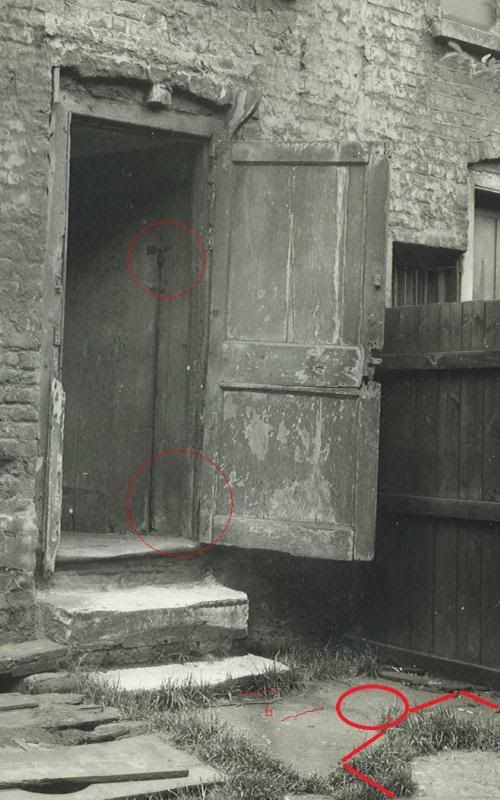Originally posted by Chris
View Post
Then we have to make the assumption that the borderline between "cold" and "warm" went somewhere inbetween 34 and 37 degrees, right?
"The body was cold (around 34), except that there was a certain remaining heat (around 37), under the intestines, in the body."
Is that it?
And what about Eddowes? She was still "quite warm" 40 minutes after she died. Was that because she had only fallen from 37 to 36? If so, we can narrow down the borderline more - 36 is "warm" 34 is "cold", so 35 must be the crucial point where the metamorphosis took place?
And all of this, the doctors felt with their fingertips?
Of course, Chris, Chapman was not ice cold. Some warmth is stored in the body for many an hour, we know that. But I use the phrase somewhat metaphorically; we all say we are freezing cold at times, although we are not below zero. We are, though, at these times very cold to the touch, and that would have been what Phillips sensed in Chapman too. And he would have checked all over, knowing quite well where warmth is stored for the longest time and where vessels run close to the skin and so on. Iīd submit two things - that Chapman would have been much colder than Eddowes, described as "quite warm" 40 minutes after her death, and that I am going to read up very much on this subject. More, that is, than I have done so far, which is not little.
When we discuss all of this, it is also important to realize that Phillips did not go by body temperature only as he made his call. There were the factors of rigor mortis and the food digestion point to take into account too, both of which seemingly corroborated the time estimate the doctor gave. To this, other parameters should probably be added - the state of the blood, the appearance of the cut surfaces on the body; the overall impression of everything that lay before Phillips must have jointly led him to his conclusion. He would had seen thousands of dead bodies and the impact death had on them, and this would have been the best guide possible for him. And when he spoke of at least two hours, probably three or more, we need to find a crude mean value at, say two and a half hours. We are then asked to believe that he was an hour and a half off the mark?
I donīt think so. Haggling could scrape away some minutes I guess - but not sixty per cent of the time suggested!
All the best,
Fisherman



Leave a comment: